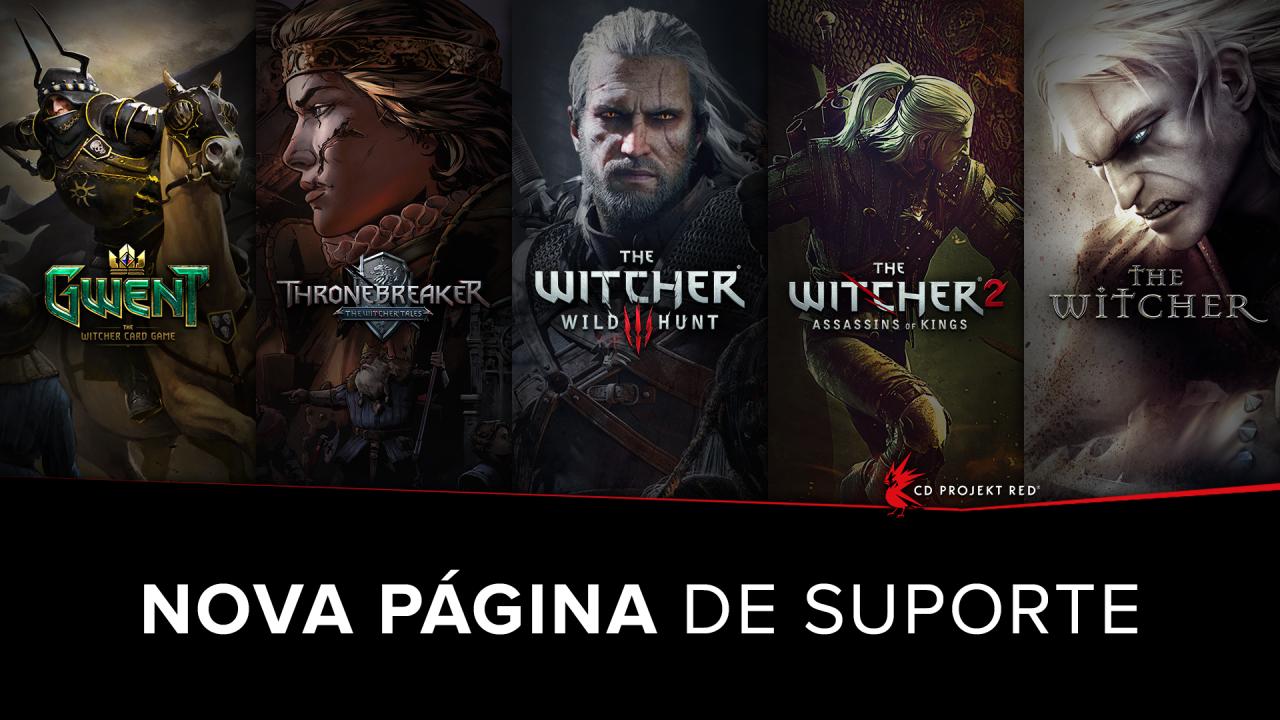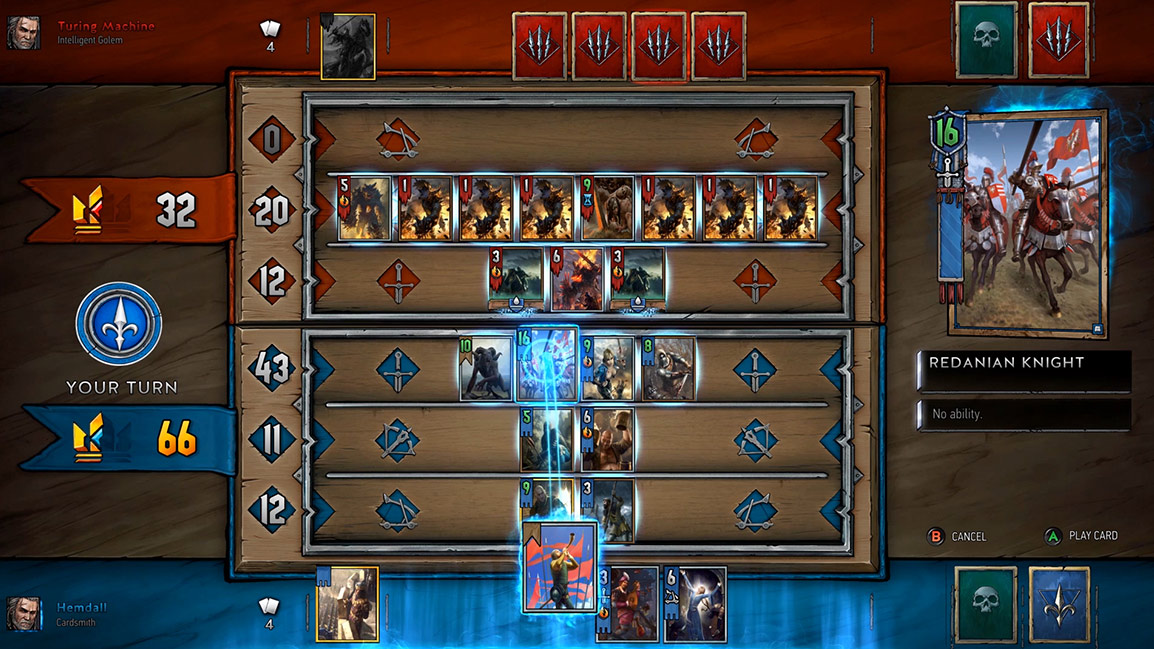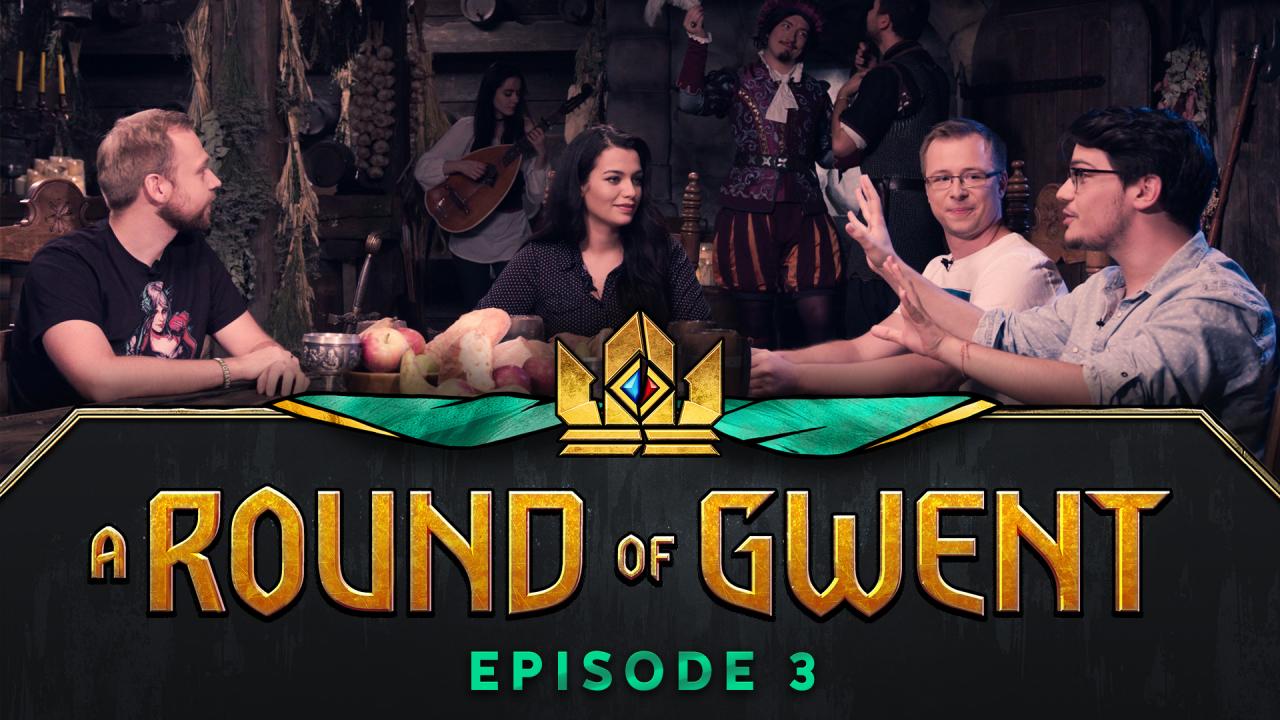Play Gwent 4,7/5 2478 reviews
GWENT Masters is the official esports series of GWENT: The Witcher Card Game, which invites players from around the world to join and compete for the title of GWENT World Champion. 16 tournaments Battle against the season’s top players for a spot in GWENT Open. Gwent: Playing Thaler is a secondary quest in The Witcher 3: Wild Hunt. Note: this quest will fail if not completed before starting Reason of State. Note: This quest is only available.
Watch the official guide for GWENT: The Witcher Card Game — a free to play strategy card game! In GWENT, players from all around the world clash in fast-pace. GWENT is a card game of choices and consequences, where skill, not luck, is your greatest weapon. Pick a faction, build an army, and wage war against other players across multiple.
This serves both as a refresher, and a beginner friendly guide in hopes that you’ll know how to play by the end!
How to Play Gwent (Beginner Tutorial)
Gwent is the popular dwarven card game in The Witcher 3: Wild Hunt, and not the most important thing on Geralt’s mind when the game begins. This serves both as a refresher, and a beginner friendly guide in hopes that you’ll know how to play by the end of the video!
The Goal
Once finding a Non-player character, usually an innkeeper or merchant willing to play Gwent, you’ll get to set a wager of gold, make any last minute changes to your deck, then begin the match. A coin is tossed to determine who goes first and players draw a hand of 10 cards from their constructed decks (being allowed to exchange up to two cards if they’d like). Each player then takes turns placing cards on the field, either until they’re out of cards or someone passes the round. When a unit card is placed on the field, the card’s strength adds to their side’s overall score and whomever has the higher total card score wins the round.

A game of Gwent is won if a player beats out their opponents unit score, two out of three games. Gwent is a simple numbers game by first appearance. If it was that simple though, the only strategy would need to be to shove all the highest point value cards into your deck. Because you only start with 10 cards to keep you going for all three rounds, players have to know when to play, and when to pass to come back strong the next round. If you win a match against someone and it’s the first time with this person, they’ll reward you with a card to add to your collection.
Witcher 3 Gwent Guide

The Field
The three rows on each side of the field represent the kinds of units you can put down each turn. These are broken into Close Combat (Sword), Ranged (Bow), and Siege (Catapult). Despite its appearance, there’s no rock, paper, scissor strategy involved with units. Siege cards are no more powerful against close combat, just as ranged cards are to siege. After cards are placed, total points for that row are shown on the left side of them, and added to the total of the round they’re played. Left side shows player and their opponents’ factions of the deck they’re using, their deck’s leader, weather effects currently active, how many cards are in hand, gems representing rounds each have left to lose, and finally, their total score for that round.
The Factions
Each Gwent deck used has a faction, leader for that faction, and a faction ability. The Northern Realms deck you start with lets you draw a card after you win a round. The leader card you start with, Foltest, Lord Commander of the North, let’s you play a fog card out of your deck instantly once per game. Each Faction, and each faction leader have their own abilities, knowing which your opponent is using too, will keep you from getting blindsided from a win by a leader or faction ability you didn’t prepare for.
Unit Cards
Gwent cards are separated into a few categories, most of which you’ll be using are unit cards. Here’s a short explanation, on the upper left is their point value (what determines the winner), just below that is the unit row they fit into on the field, and below that, an ability if it has one. The banner underneath these icons represents the faction the card belongs to. Hero unit cards are identified by the gold sunburst around their unit strength, which is usually a high number. Despite heroes being powerful, keep in mind that they are completely immune to other cards’ abilities, your opponents AND your own, so you can still lose with a deck full of heroes!

Unit Abilities

Play Gwent
Some unit cards have abilities that activate either once they hit the field, or are affected by other conditions; represented by a white icon. These abilities, like special cards, can completely change the outcome of a round if played at the right moment. Inspecting a card either in the deckbuilder or during a match will tell you what its ability can do. Tight Bond is among the first abilities you’ll come across, this simply doubles the strength of cards with the same name as more enter the field, throw down two or three units with Tight Bond, then top it off with a Commander’s Horn to maximise that row’s points.
Medic, mentioned earlier can resurrect a unit from your discard pile. Spy, also mentioned, places the unit on the opponent’s field, but lets you draw two cards from your deck. Last example I’ll mention is Muster, which you’ll find a lot of monster deck wielders using. Muster finds all cards with the same name from the players hand and deck and places them onto the field as well; it’s generally close combat cards that have Muster, so the Biting Frost weather card will come in handy in this case. These are all just a few examples of unit abilities. They each have ways to be used or countered effectively, so Experiment!
Special/Weather Cards
Special Cards and Weather Cards are what can help turn the tide of a Gwent match in a big way. Weather cards affect the entire field, whereas special cards have more specific targets. The Commander’s Horn special card for example can double the strength of the unit row you choose. The Impenetrable Fog weather card on the other hand, reduces the strength of all ranged cards on the field to 1. If an opponent plays a weather card to reduce your own units strength, you can remove it with a Clear Weather. The Decoy card in particular has a ton of versatility, Decoy returns a card already played on your side of the field. Ideally you want the card you’ve decoyed to have an ability that can be used with increased effect, like Medic or Spy. These are just a few Special and Weather cards; I advise making it a habit out of having at least a couple of each in your deck.
The Deckbuilder
Outside of a match, your Gwent decks are accessible through the menu. From here you can create and modify the decks for each of the factions to your liking, switch out the leader card, read up on what the other faction abilities are, and more. Gwent decks have a maximum of 35 cards, but 22 of them must be units. Being the starting hand is 10 cards in a match though, maximizing the deck size only seems to help Monster decks the most due to their affinity for the Muster ability. The full card pool is available for each deck too and is only limited by Faction, so can place a neutral unit you’ve been using in your Northern Realms deck, into your Nilfgaardian Empire deck at the same time. The deckbuilder also comes up just before you start your match, so final adjustments can be made beforehand too!
Collecting Them All
The Witcher 3 is massive, so finding everyone who has gwent cards to sell or play for is a challenge to be sure. However, when it comes to rare and hero cards, quests will become available to acquire them over time. A good rule of thumb for this is to keep track of the main players in the story, many of them will have cards that you can win. If you’re following the story, The Bloody Baron will be among the first to offer you a rare card once you beat him in Gwent and also start you on your way to finding the rest of the rare cards.
Video & Timestamps
Timestamps:
- 0:27 – The Tutorial
- 1:05 – The Goal
- 2:32 – The Field
- 3:44 – The Factions
- 4:25 – Unit Cards
- 5:15 – Unit Abilities
- 6:37 – Special & Weather Cards
- 7:59 – The Deckbuilder
- 9:14 – Collecting More
It’s end. I hope “Witcher 3 How to Play Gwent (Beginner Tutorial)” helps you. Feel free to contribute the topic. If you have also comments or suggestions, comment us.